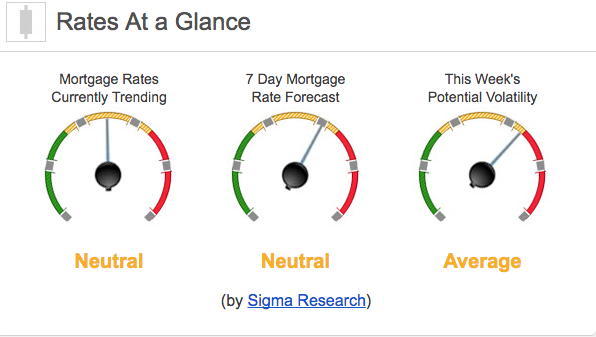The changing face of buyer demographics
Life in these United States has changed. According to BUILDER Magazine’s John McManus, 2018 brings with it a demographic tipping point: fewer than half of U.S. households are now headed by married couples. He encourages builders across the country to re-think who they are building homes for. “How well-matched are today’s and tomorrow’s new homes and communities to actual households?” he asks.
McManus goes on to say this may not necessarily sound like a wake-up call to many builders in regions that continue to see plenty of demand from married-couple households — the prototypical snapshot image of the engine of the American economy. But for others in other markets and submarkets, the challenge is worthy of serious note. “If new homes–the way they’re designed, the way they’re marketed, the way they’re planned in a neighborhood, the way they’re priced, and the way they connect to work, dining, education, and healthcare–were more intentionally aligned with today’s and tomorrow’s households, would business be better?” he asks. “Would it be more sustainable? Even ownership and financing structures may need to evolve if new home development and investment is to keep pace with America’s changing demographic patterns in household composition.”
BUILDER cites a recent meeting of Boston’s Urban Land Institute, where the ubiquitous issue of housing affordability challenges was discussed — an exploration of new mortgage financing that can allow two separate single-person households to buy an upstairs-downstairs combination of stacked quad units as a single transaction. This begs “more floor plan design variety, new housing typologies, novel financing, and ownership instruments, and a whole new language of marketing to less traditional households are baseline imperatives today in many of America’s more urban regions, and that’s spreading,” according to McManus.
Married-couple households that have functionally worked the same way for 10 decades or more can have homebuilders in a netherworld, thinking that everyone, married or not, lives in a home essentially the same way. But data is now telling us something different, and McManus says it’s time for builders to ask questions such as “Does a ‘solo’ householder perceive volume, flow, privacy, order the same way as a married couple does? Do ‘co-livers’ walk the same path through their homes as married-with-children people do? Do the financial means of a single-person household alter what he or she needs, and what they can easily live without?”
McManus says issues like the algorithms of liveability, daily routines, the way time passes — all the raw materials that make up one’s answer to the question “how do you want to live in your home?” — can amount to a dramatically new calculus of value, preference, and need. Life’s “capital stack of essentials–live, work, play, eat, sleep, love, and pray–may stack up profoundly differently than for those married-couple households architects have been designing for, builders building for, investors investing in, developers developing for, and manufacturers creating home systems to serve,” he says.
He ends the article expressing how difficult it is to grasp just how radically living arrangements have changed in the United States unless you mine the Census Bureau’s archives to uncover the nitty-gritty of the way we used to live. Homebuilders are often the last to pounce on demographic change as well as marketing technologies, hoping against hope that everything will stay the same. They are more than happy keeping their well-oiled machines churning out the kinds of single-family homes they always have. But the tide is shifting, and it seems the importance of that piece of paper making partnerships legal, or even viewing coupling-up as a life requirement are no longer the ticket, forcing builders to re-think product and lenders to find financing alternatives that work for all who participate in the American Dream..

Rates Currently Trending: Neutral
Mortgage rates are trending sideways this morning. Last week the MBS market worsened by -25bps. This was enough to move rates slightly higher last week. There was a modest rate volatility last week.



